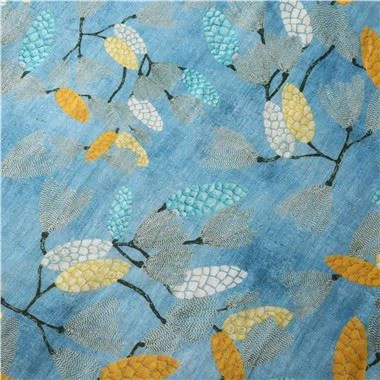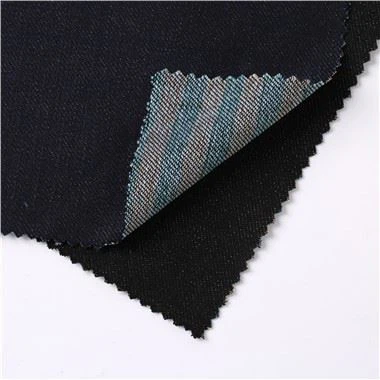Is the non-woven fabric breathable?
Feb 17, 2025
As a new type of material, non-woven fabric has long been integrated into every aspect of our lives. From medical masks to eco-friendly shopping bags, from wet wipes to household items, its presence is everywhere. However, many people may wonder: is non-woven fabric breathable? What is the principle of its breathability? What are the unique characteristics of this material? Let us uncover the mystery of non-woven fabric from a scientific perspective.

The principle of breathability of non-woven fabric
The breathability of non-woven fabric is due to its special manufacturing process and structure. Unlike traditional textiles, non-woven fabric is not made through complex processes such as spinning and weaving, but is directly processed into a fiber mesh structure through high-temperature melting and extrusion. These fibers are randomly arranged at high temperatures, entwined with each other, and form a three-dimensional porous network.
In this structure, the pore size between the fibers is usually between a few micrometers and tens of micrometers. These micropores are much larger than the size of air molecules (the diameter of air molecules is about 0.3 nanometers), so air can flow freely. At the same time, these pores are small enough to effectively block larger particles, such as dust, bacteria, etc. This "selective permeability" characteristic allows non-woven fabrics to ensure air circulation while also playing a role in filtration and protection.
Taking medical masks as an example, the non-woven layer in the mask uses this principle. When people breathe, the air can easily pass through the micropores of the non-woven fabric, while larger particles such as droplets and bacteria are blocked outside. This design not only ensures smooth breathing but also provides effective protection. In the agricultural field, non-woven covering materials can regulate soil temperature and humidity, creating an ideal environment for crop growth.







